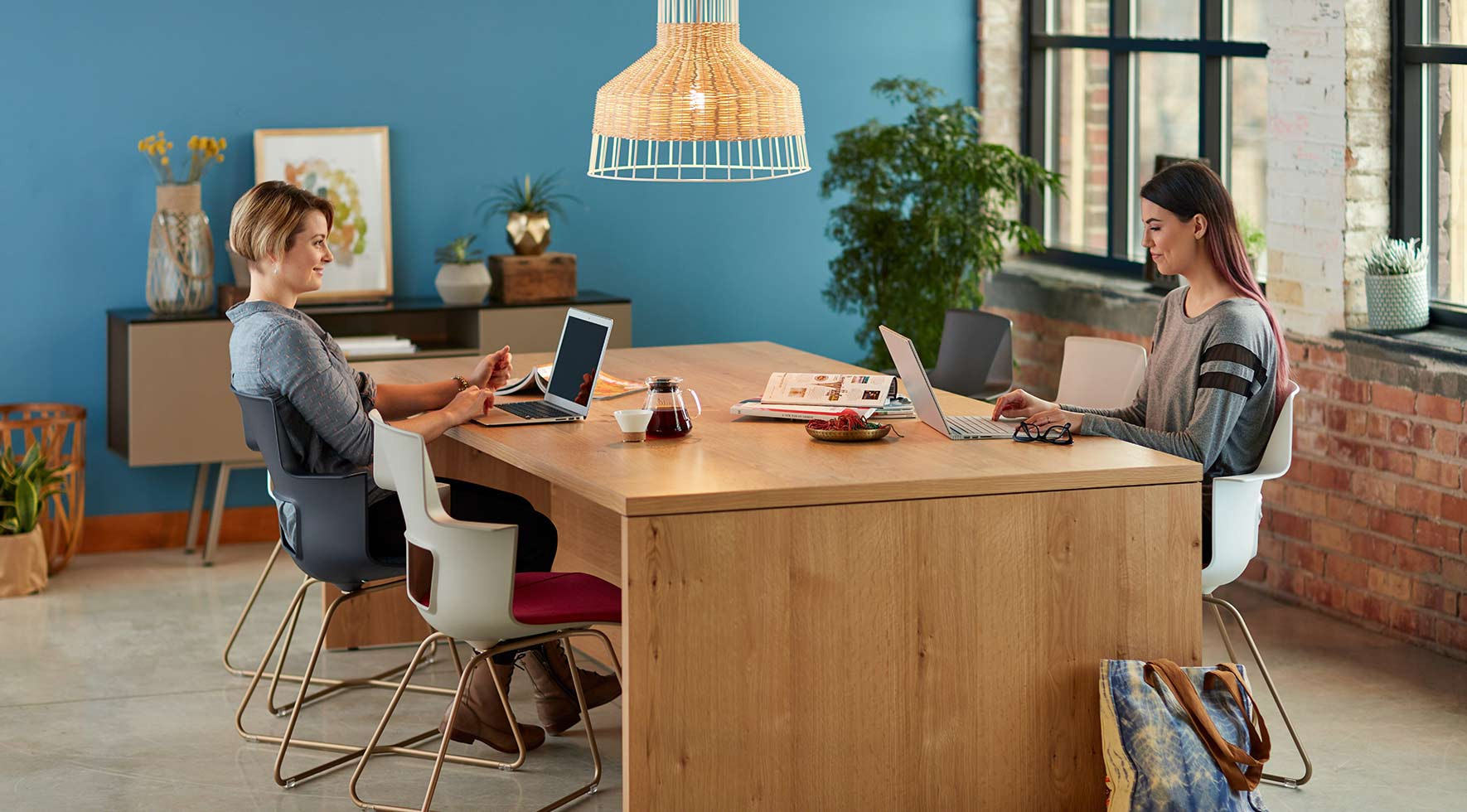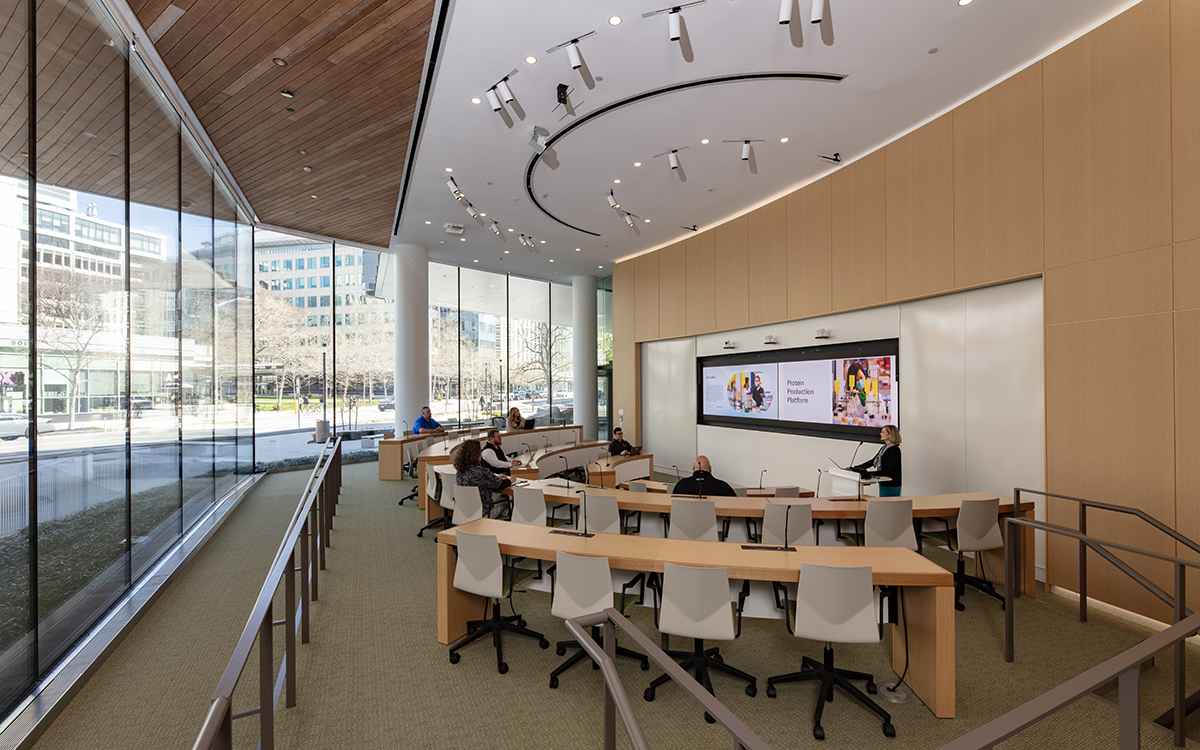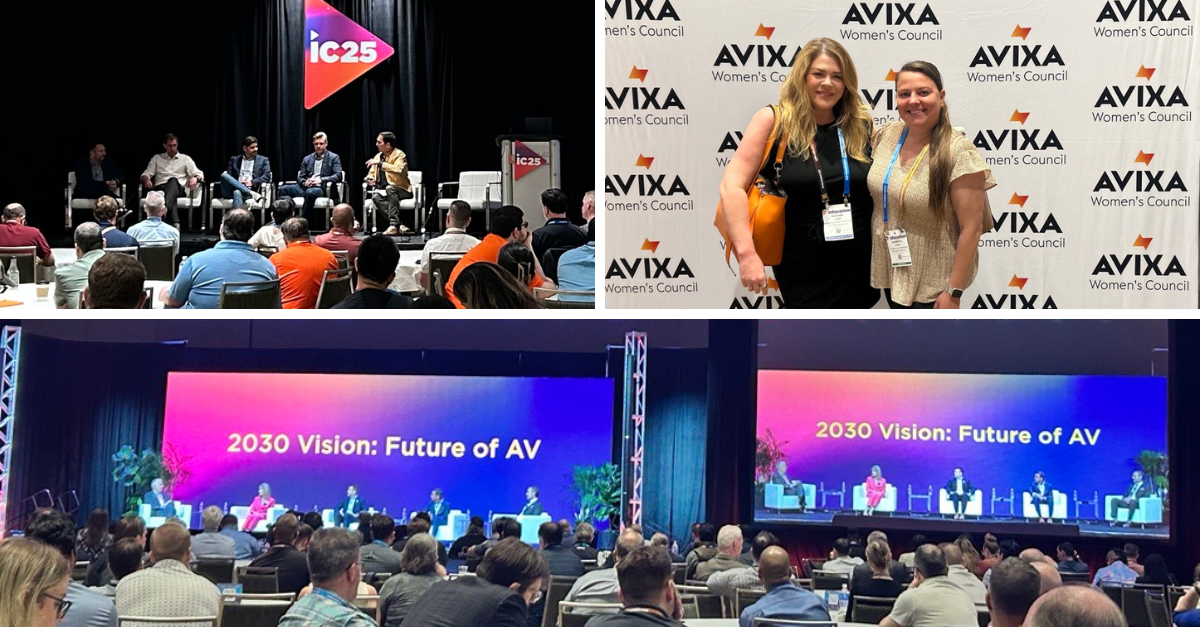Many people predicted the end of corporate offices after the introduction of smartphones, tablets and universally available WiFi, reasoning that with these technologies, who needs the office?
However, the majority of people do need an office because at its core, work is a social activity. Even with increasingly more mobile technology, people connect with one another in the workplace, so while the office is far from extinction it’s evolved into something vastly different than rows of cubicles and private offices.
Many organizations have included spaces that feel more like home, but can be physically uncomfortable and lack the tools and technology required to get work done. The question remains: how do organizations create inspiring, informal and high-performing workspaces where their people want to work?
Building upon Steelcase’s idea of the “Office Renaissance,” here are a few insights:
1. POSTURE
Research shows that a more relaxed posture promotes creative thinking, so it’s important to encourage people to shift postures throughout the day and move around. Including a broad range of options allows people to sit, stand, perch, lounge and move.
2. INCORPORATE NATURE
People can be more productive in work environments that incorporate natural light or provide access to the outdoors.
3. MATERIALITY
As discussed in this blog about sensory design, incorporating a wide range of textures, patterns and colors can be soothing and relaxing, or energizing and stimulating. A variety of products and materials also makes a workspace feel more inviting.
4. AUTHENTICITY
Placing a curated collection of artwork and accessories encourages innovation and playful thinking.
5. PRIVACY PLEASE
Demountable walls, screens, other furniture or even plants define spaces. This will create spaces that feel more permanent, and provide a place for focus when needed.
6. LOCATION MATTERS
Consider where you locate a workspace based on what type of work will happen there and what behaviors you want to encourage. Areas for socializing and informal collaboration should welcome people to interact.
7. POWER PLAY
Beautiful, informal spaces will get even more usage when they provide easy access to power and integrated technology.
8. SOCIAL HUB
A well-designed and properly located WorkCafé encourages spontaneous collaboration, an energized place for individual work, or an area for people to build connections and socialize.
Want more information about creating an inspiring and informal workspace? We’re here to help.






